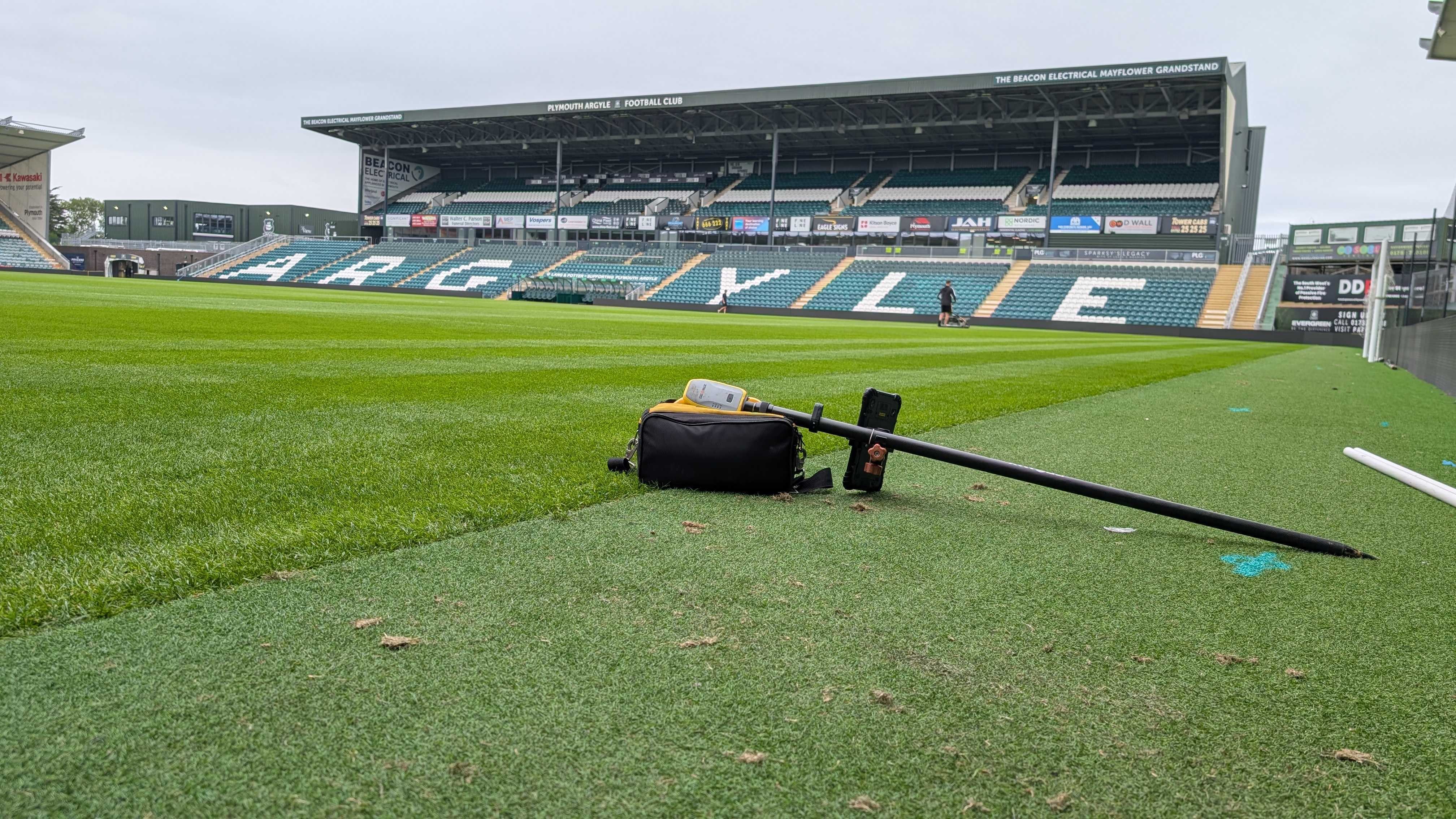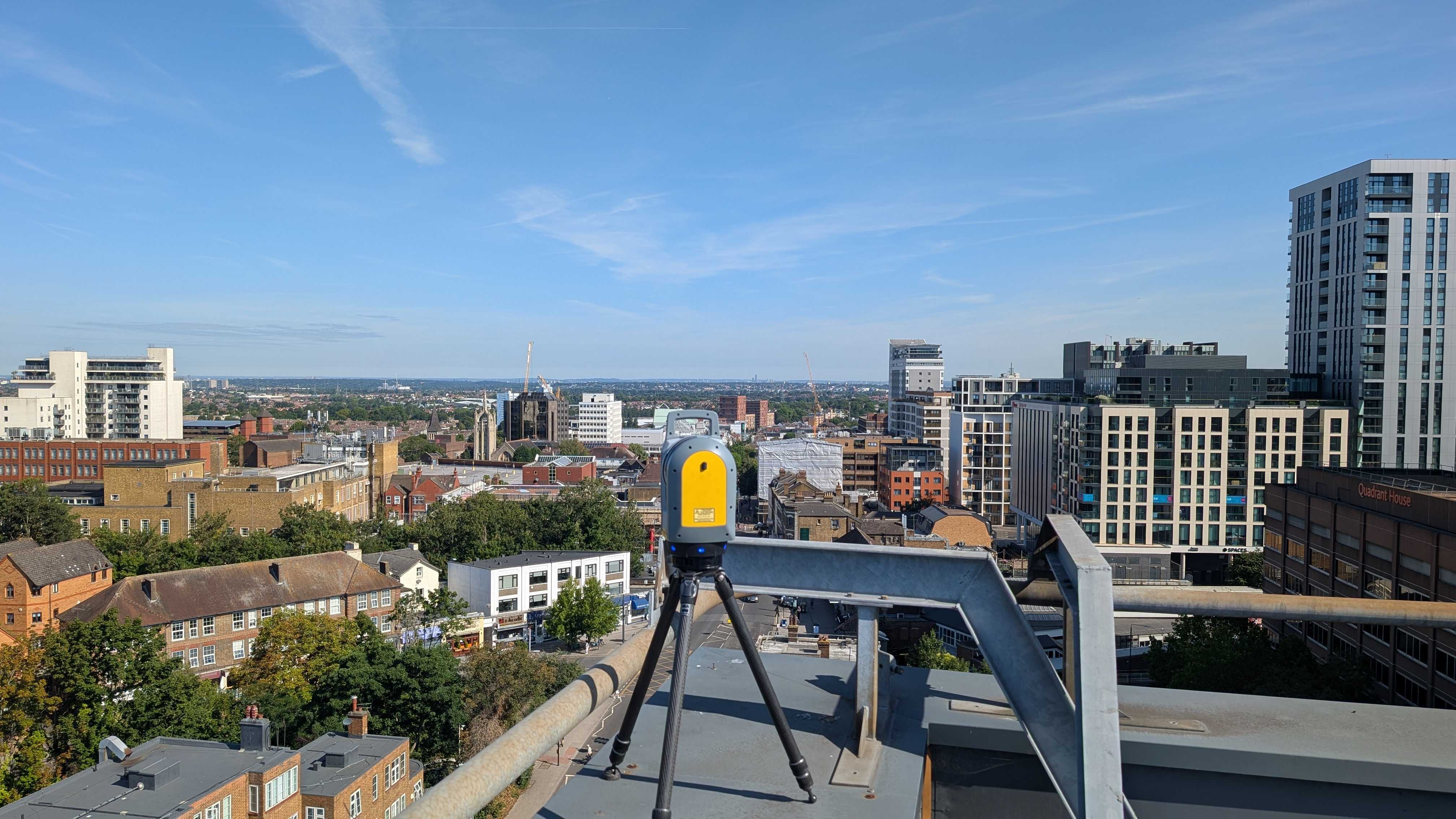One of the most critical steps in a construction project is setting out—the process of transferring design plans from paper to the physical site.
While design drawings might capture the vision of a building or structure in detail, ensuring that this vision is accurately replicated on the ground can be challenging.
Without precise setting out, the potential for discrepancies between the design intent and the actual construction is high. These discrepancies can lead to structural issues, costly rework, and compromises that diminish the integrity of the project.
This blog delves into the essential steps of the setting out process, exploring how this critical phase ensures that every element of the design is completed correctly.
Understanding The Importance Of Setting Out
What is Setting Out?
Essentially, setting out is about bringing the blueprint to life on the actual site, creating a guide that the construction team can follow to ensure that every part of the structure is built in the correct location and at the correct size.
Setting out refers to the process of transferring the positions and dimensions from the design drawings onto the ground where the construction will take place.
This includes marking out the foundation lines, walls, columns, and any other structural components.
Why Precision Matters
In construction, even a minor error in the setting out process can have significant consequences.
For example, if a foundation is laid even slightly out of place, it can result in misaligned walls, uneven floors, or improperly positioned columns, which can compromise the building’s structural integrity.
These errors often require costly and time-consuming rework, which can delay the project and increase expenses.
So, what are the key steps in this process?
The Key Steps In The Setting Out Process
Each step in setting out is crucial in ensuring that the design is faithfully transferred to the physical site, leaving no room for errors or misalignment.
Here’s a closer look at the essential steps involved in setting out.
Step 1: Initial Planning and Site Preparation
Before any physical markers can be placed, thorough planning and site preparation are essential. This phase begins with a detailed assessment of the site to understand its topography, boundaries, and any existing structures or obstacles.
Surveyors then establish primary control points, which serve as reference markers for the entire project. These control points are typically set using advanced surveying instruments like GNSS (Global Navigation Satellite System) or total stations, ensuring a high level of accuracy.
Step 2: Transferring Design Coordinates
Once the control points are established, the next step is to transfer the design coordinates from the drawings to the physical site.
This involves converting the precise measurements and dimensions of the design into real-world positions. GNSS and total station technologies are invaluable in this step, allowing surveyors to pinpoint exact locations on the site.
These tools ensure that the coordinates of key structural elements—such as the corners of buildings, the centrelines of walls, and the positions of columns—are accurately plotted on the ground.
Step 3: Establishing Control Points and Markers
With the design coordinates in place, surveyors then set up additional control points and markers that will guide the construction process. These markers, which can include stakes, nails, bolts, or paint, are placed at critical locations around the site.
For instance, markers may be placed to indicate the edges of foundations, the centre of load-bearing walls, or the positions of columns and beams.
Step 4: Verification and Adjustment
Before construction begins, it is crucial to verify that all markers and control points are correctly positioned. Surveyors will double-check the alignment and measurements to ensure they match the design specifications.
This step often involves cross-referencing the site layout with the original plans and making any necessary adjustments. If discrepancies are found, they must be corrected at this stage to prevent issues during construction.
Step 5: Continuous Monitoring During Construction
Setting out is not a one-time task but an ongoing process that continues throughout the construction phase.
As the project progresses, surveyors must regularly monitor the site to ensure that all elements remain aligned with the design. This involves rechecking control points, verifying the placement of new markers, and adjusting positions as needed.
Why You Need Setting Out On Your Project
Setting out is crucial in any successful construction project, serving as the vital process that ensures the seamless transition from design to reality.
By transferring the details of design drawings to the physical site, setting out safeguards against the costly errors and structural issues that can arise from inaccuracies.
By following these essential steps, construction teams can ensure that their projects not only meet design specifications but also uphold the highest standards of quality and safety.
Are you in need of a company that can set out your next project?
Get in touch with us at Intersect Surveys today!
1. What is setting out in construction?
Setting out is the process of transferring design plans and coordinates from drawings onto the physical construction site, ensuring that every part of the structure is built in the correct location and size.
2. Why is precision important in the setting out process?
Precision in setting out is crucial because even minor errors can lead to misaligned walls, uneven floors, or misplaced structural elements, resulting in costly rework and compromising the building's structural integrity.
3. What are the key steps involved in setting out?
The key steps in setting out include initial site planning, transferring design coordinates, establishing control points and markers, verifying alignment, and continuous monitoring throughout construction to ensure accuracy.








